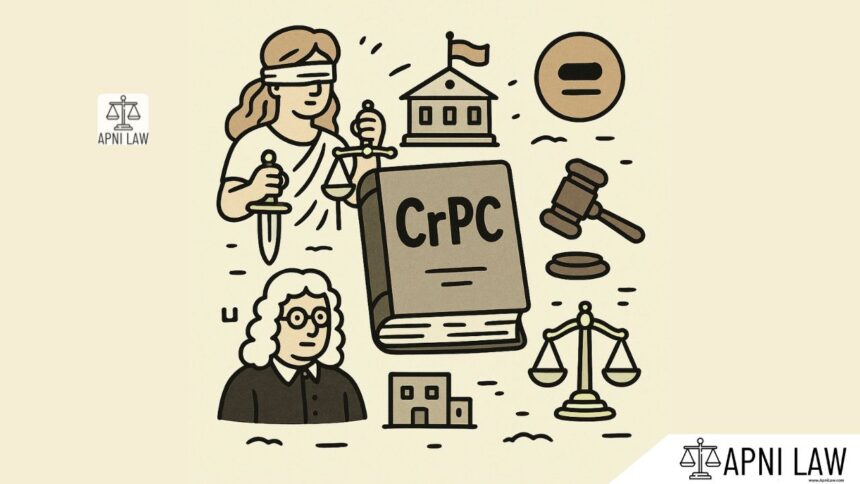Code
(1) Any Court issuing a warrant for the arrest of any person may in its discretion direct by endorsement on the warrant that, if such person executes a bond with sufficient sureties for his attendance before the Court at a specified time and thereafter until otherwise directed by the Court, the officer to whom the warrant is directed shall take such security and shall release such person from custody.
(2) The endorsement shall state–
(a) the number of sureties;
(b) the amount in which they and the person for whose arrest the warrant is issued, are to be respectively bound;
(c) the time at which he is to attend before the Court.
(3) Whenever security is taken under this section, the officer to whom the warrant is directed shall forward the bond to the Court.
Explanation
This section empowers the Magistrate to issue directions for security measures in specific situations. These directions can include:
- Deployment of police personnel
- Imposing restrictions on movement or assembly
- Prohibiting the carrying of weapons
- Imposing curfews
- Directing the removal of obstructions from public places
Illustration
Imagine a situation where there are tensions between two communities in a particular area. The Magistrate, concerned about potential violence, can issue directions under Section 71 to:
- Increase police patrolling in the area
- Restrict public gatherings
- Prohibit the carrying of weapons
These measures aim to prevent any escalation of violence and maintain peace.
Common Questions and Answers
Q: Who can issue directions under Section 71?
A: Only a Magistrate, as defined in the CrPC, can issue such directions.
Q: What are the grounds for issuing directions under Section 71?
A: The Magistrate can issue directions if they are satisfied that there is a likelihood of breach of peace, danger to human life, or serious damage to property.
Q: Are there any limitations on the Magistrate’s power under Section 71?
A: Yes, the Magistrate’s powers under Section 71 are subject to the following limitations:
- The directions must be necessary to prevent a specific danger.
- The directions must be proportionate to the threat.
- The directions must be in accordance with the law.









